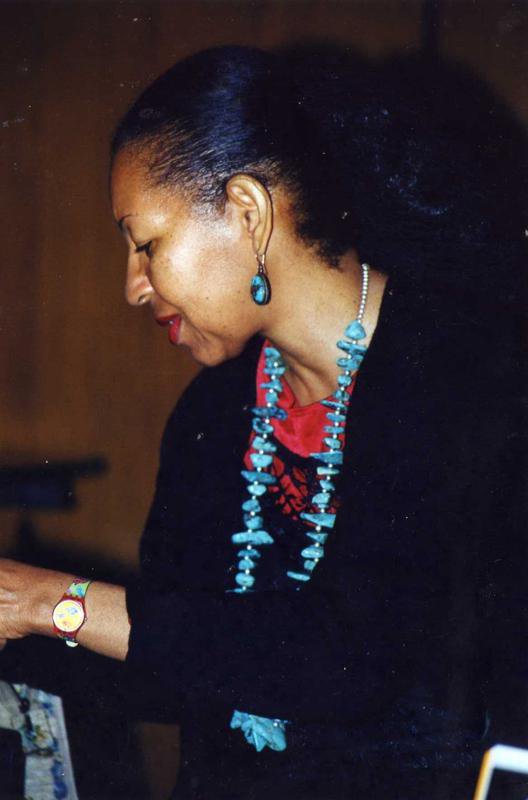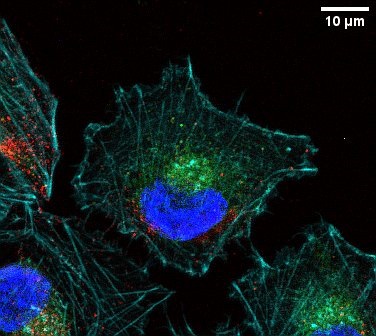Innovative AI Tool Enhances Tumor Cell Group Identification for Cancer Treatment

In a significant advancement in cancer research, a multinational team of researchers has developed a new artificial intelligence (AI) tool, termed AAnet, which promises to transform the characterization and treatment of tumors. Published on June 24, 2025, in the journal *Cancer Discovery*, this tool enables the identification of five distinct groups of cancer cells within individual tumors, paving the way for more precise and effective treatments tailored to the unique cellular composition of each patient's cancer.
The collaborative effort was co-led by the Garvan Institute of Medical Research in Australia, with contributions from researchers at Yale University and other institutions. The development of AAnet addresses a critical issue in oncology: the heterogeneity of tumor cells. According to Associate Professor Christine Chaffer, Co-Director of the Cancer Plasticity and Dormancy Program at the Garvan Institute, the diversity of cell types within tumors complicates treatment strategies. "Heterogeneity is a problem because currently we treat tumors as if they are made up of the same cell. This means we give one therapy that kills most cells in the tumor by targeting a particular mechanism. But not all cancer cells may share that mechanism," she explained.
The study highlights that traditional cancer treatments often fail to account for the variability among tumor cells, leading to suboptimal patient outcomes. As noted by Associate Professor Smita Krishnaswamy from Yale University, the research utilized AAnet to analyze single-cell data at unprecedented levels of granularity. “Our study is the first time that single-cell data have been able to simplify this continuum of cell states into a handful of meaningful archetypes,” she stated, indicating that these archetypes could be pivotal in understanding tumor behavior and treatment responses.
The AI tool has shown particular promise in the analysis of triple-negative breast cancer (TNBC), a type notoriously difficult to treat due to its aggressive nature and lack of targeted therapies. Through the application of AAnet, researchers uncovered five unique cancer cell groups characterized by distinct gene expression profiles. Each group exhibited various biological pathways and differing propensities for growth, metastasis, and prognosis. This classification could fundamentally shift how oncologists approach cancer treatment, moving from a one-size-fits-all model to a more personalized approach based on the specific cellular makeup of the tumor.
The implications of AAnet extend beyond breast cancer. According to Professor Sarah Kummerfeld, Chief Scientific Officer at the Garvan Institute, the technology could be adapted for other cancers and conditions, including autoimmune disorders. “We envision a future where doctors combine this AI analysis with traditional cancer diagnoses to develop more personalized treatments that target all cell types within a person’s unique tumor,” she stated.
This innovative approach aligns with the increasing trend towards precision medicine in oncology, where treatments are tailored to the individual characteristics of each patient’s disease. Preliminary findings suggest that integrating AI into cancer diagnostics could lead to improved therapeutic strategies, enhancing survival rates and quality of life for patients.
The study not only underscores the potential of AI in medical research but also raises important questions about the future of cancer treatment paradigms. As researchers continue to refine AAnet and explore its applications across various types of cancers, the hope is that these advancements will lead to tangible improvements in patient care and outcomes. The researchers are now focusing on how these identified cell groups may change over time, particularly in response to treatments like chemotherapy, further illuminating the dynamic nature of cancer biology.
In summary, the advent of AAnet represents a promising frontier in cancer research, offering hope for more effective, personalized treatment strategies that could fundamentally alter the landscape of oncology.
Advertisement
Tags
Advertisement





